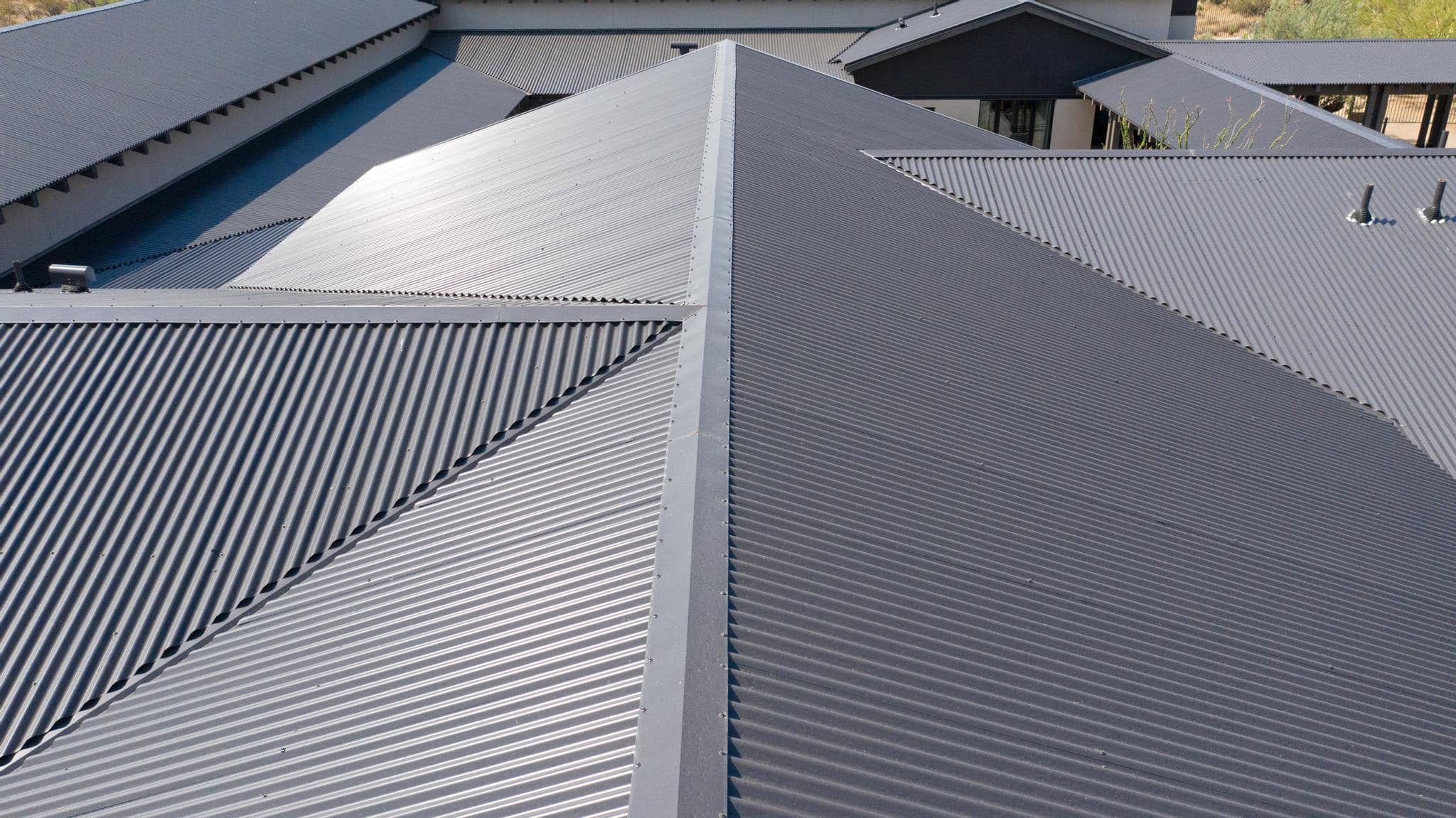metal cold roll forming machine
Metal Cold Roll Forming Machines A Comprehensive Overview
Metal cold roll forming machines represent a vital technology in the manufacturing sector, showcasing the marriage of engineering precision and industrial efficiency. These machines are designed to continuously shape metal strips into desired profiles without any significant heating. The cold roll forming process is distinguished by its ability to produce high-volume precision parts while maintaining tight tolerances.
The Process of Cold Roll Forming
Cold roll forming involves passing a metal sheet or strip through a series of rollers that gradually shape it into the desired profile. The process starts with a flat sheet of metal, often steel or aluminum, which is fed into the machine. As the strip passes through the set of rollers, it undergoes incremental bending and forming. By positioning the rollers at specific angles, the machine exerts pressure that alters the shape of the metal without changing its inherent properties.
One of the primary advantages of cold roll forming is that it strengthens the material through work hardening, resulting in increased tensile strength. This makes cold-formed parts suitable for structural applications, particularly in the construction and automotive industries.
Advantages of Metal Cold Roll Forming Machines
1. Cost-Efficiency Cold roll forming is typically more cost-effective than other metal fabrication techniques. Due to the minimal waste generated during the process, manufacturers can optimize material usage, which helps in reducing production costs. Additionally, the speed of production enables high output, further lowering costs per unit.
2. High Precision and Tolerance Cold roll forming machines are capable of producing parts with extremely tight tolerances. The process is highly repeatable, ensuring that every component meets strict specifications. This precision is particularly critical in industries such as electronics, automotive, and aerospace, where even minor variations can lead to significant issues.
3. Versatility Cold roll forming machines can produce a wide variety of shapes and profiles, including channels, angles, and even complex cross-sections. This versatility allows manufacturers to create components tailored to specific applications without investing in multiple types of machinery.
4. Enhanced Material Properties Besides increasing strength, the cold working process enhances the durability and corrosion resistance of the metal. This is particularly advantageous in construction, where materials are often exposed to harsh environmental conditions.
metal cold roll forming machine

5. Alignment with Sustainability Goals In today’s manufacturing landscape, environmental sustainability is pivotal. The cold roll forming process generates minimal scrap compared to traditional methods, making it a more sustainable choice. Additionally, many modern machines are designed to recycle scrap material, further reducing waste.
Applications of Cold Roll Forming
Metal cold roll forming machines find applications across various industries due to their unique benefits. In the automotive sector, they are used to create chassis parts, door frames, and other structural components. In construction, cold-formed steel sections are crucial for frameworks in residential and commercial buildings, providing both strength and weight savings.
Furthermore, the versatility of these machines allows them to be used in producing parts for electrical enclosures, furniture, and HVAC systems. The ability to customize profiles means that companies can swiftly respond to market demands by producing innovative designs that cater to specific industry requirements.
Future of Cold Roll Forming Technology
As technology continues to advance, the future of metal cold roll forming machines looks promising. Innovations in automation and computer-aided design (CAD) will enhance the precision and efficiency of the forming process. Integrating Industry 4.0 technologies such as the Internet of Things (IoT) could further optimize operations, allowing for real-time monitoring and predictive maintenance.
Moreover, as industries increasingly move towards lightweight and high-strength materials, the role of cold roll forming will expand. Manufacturers must continue to adapt their processes and machinery to meet these evolving demands while embracing sustainable practices that align with global efforts to reduce environmental impact.
Conclusion
In summary, metal cold roll forming machines are integral to modern manufacturing, offering cost-effective, precise, and versatile solutions for various industries. As manufacturing technologies continue to evolve, the cold roll forming process will undoubtedly remain at the forefront, driving innovation and efficiency while supporting sustainable manufacturing practices. As we look to the future, the potential for growth and development in this area is immense, heralding new possibilities for manufacturers worldwide.
-
Roof Panel Machines: Buying Guide, Types, and PricingNewsJul.04, 2025
-
Purlin Machines: Types, Features, and Pricing GuideNewsJul.04, 2025
-
Metal Embossing Machines: Types, Applications, and Buying GuideNewsJul.04, 2025
-
Gutter Machines: Features, Types, and Cost BreakdownNewsJul.04, 2025
-
Cut to Length Line: Overview, Equipment, and Buying GuideNewsJul.04, 2025
-
Auto Stacker: Features, Applications, and Cost BreakdownNewsJul.04, 2025
-
Top Drywall Profile Machine Models for SaleNewsJun.05, 2025








